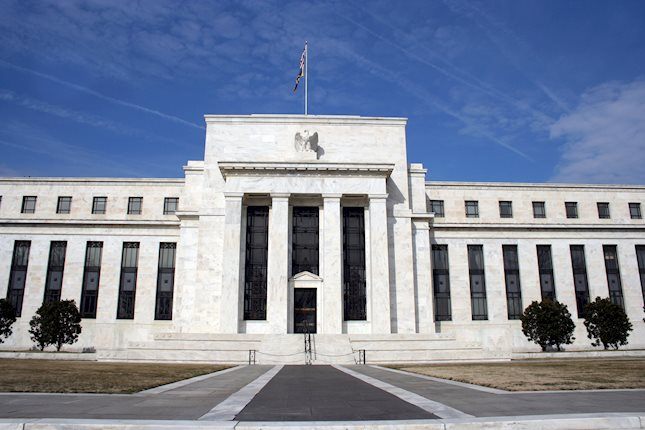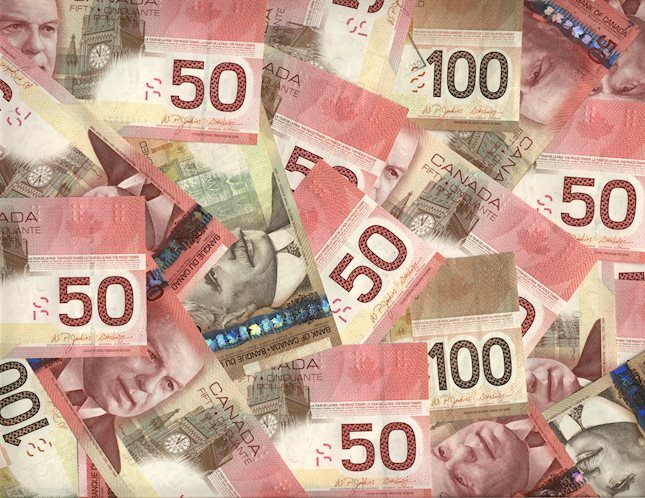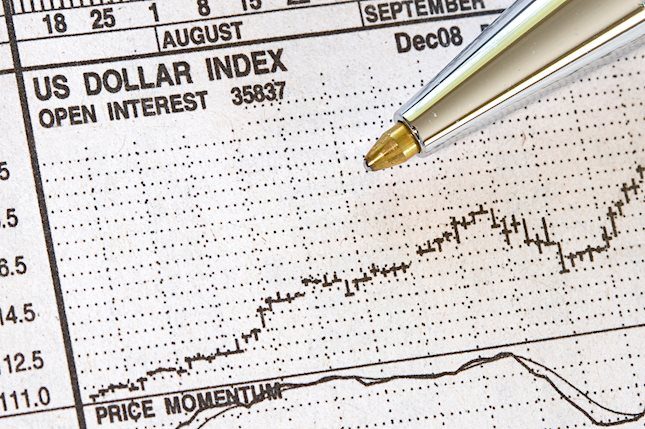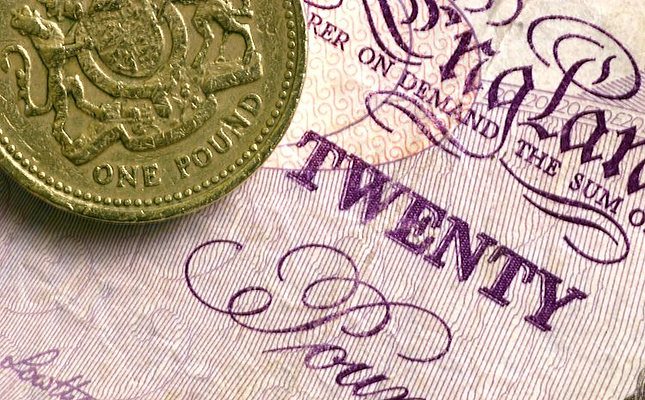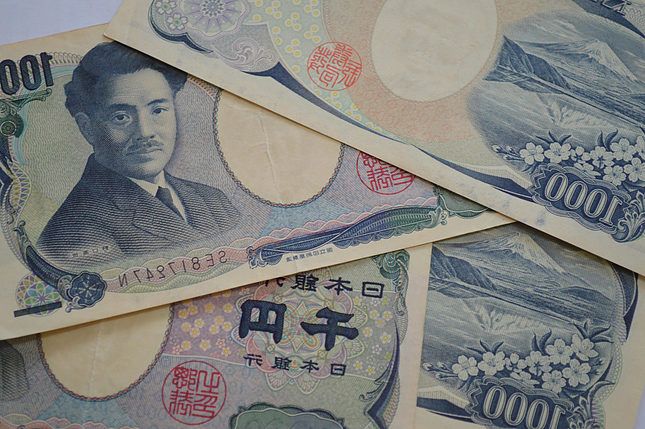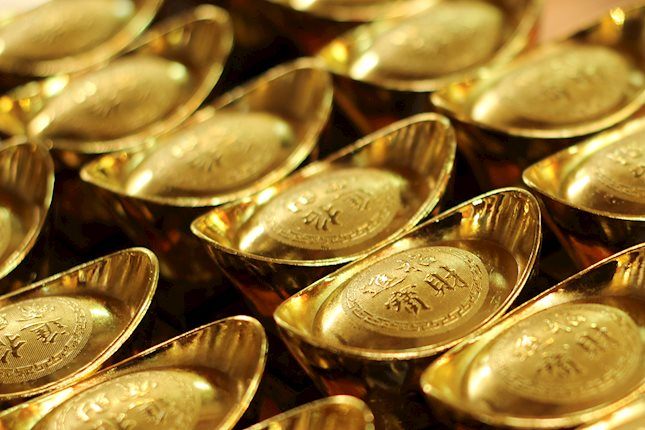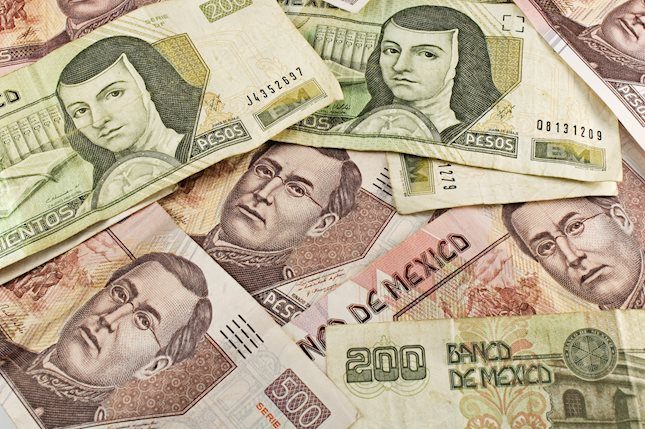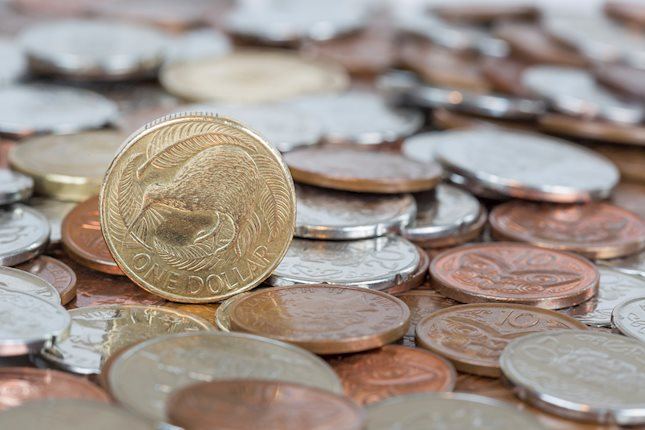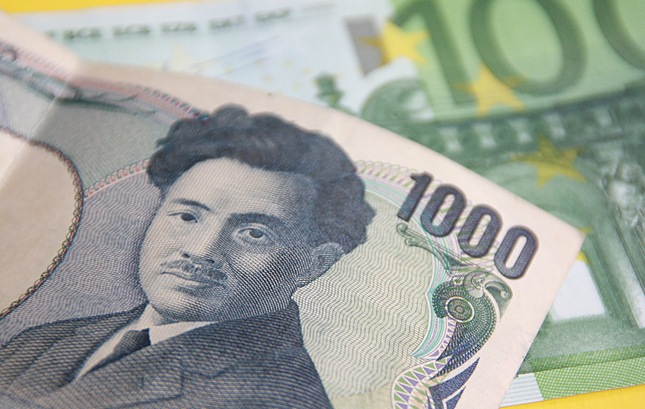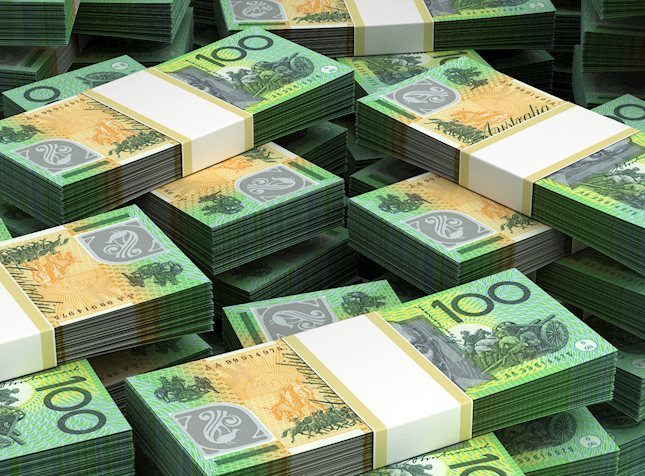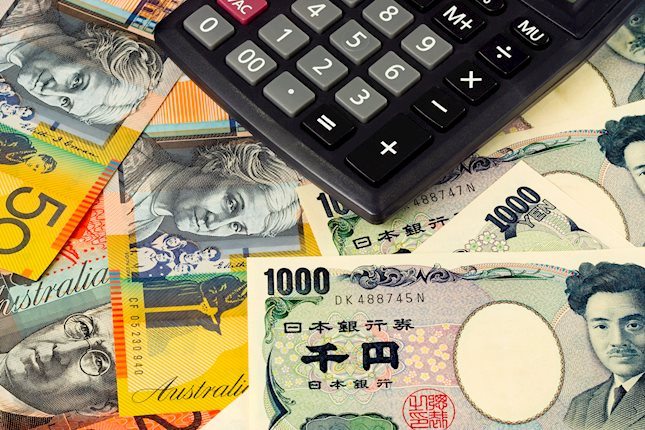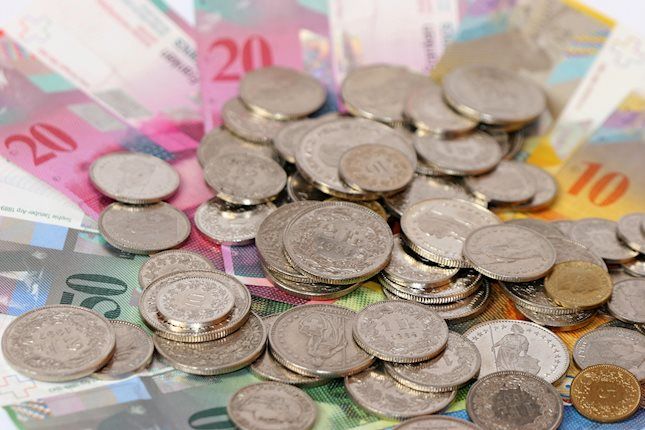Gold price adds to overnight modest gains, climbs to $2,350 ahead of US PCE Price Index
- Gold price attracts buyers amid signs of cooling US economy growth, albeit lacks follow-through.
- Bets that the Fed will keep rates higher for longer amid sticky inflation help revive the USD demand.
- A positive risk tone further contributes to capping the XAU/USD ahead of the US PCE Price Index.
Gold price (XAU/USD) gains some positive traction for the second successive day on Friday and climbs to the $2,350 level, or a multi-day peak during the first half of the European session. The US Dollar (USD) adds to the previous day's weaker US GDP-inspired losses and turns out be a key factor acting as a tailwind for the commodity. Any meaningful appreciating move for the precious metal, however, still seems elusive in the wake of hawkish Federal Resreve (Fed) expectations.
Data published by the US Commerce Department on Thursday revealed that underlying inflation rose more than expected in the first quarter. This reaffirmed market bets that the Fed will delay cutting interest rates, which keeps the US Treasury bond yields elevated and should act as a tailwind for the Greenback. Apart from this, a positive risk tone, which tends to undermine safe-haven assets, should cap the Gold price ahead of the US Personal Consumption Expenditures (PCE) Price Index.
Daily Digest Market Movers: Gold price might struggle to build on positive move ahead of key US inflation data
- The US GDP report released on Thursday showed a sharp deceleration in economic growth and stubborn inflation, which, in turn, is seen as a key factor lending support to the Gold price.
- According to the data published by the US Commerce Department, the world’s largest economy grew by 1.6% at an annualized rate in the first quarter, marking the weakest reading since mid-2022.
- Additional details of the report revealed that underlying inflation rose more than expected, by 3.7%, in the first quarter, reaffirming bets that the Federal Reserve will keep rates higher for longer.
- The yield on the benchmark 10-year US government bond shot to the highest level in more than five months in reaction to the mixed data and acts as a headwind for the non-yielding yellow metal.
- This, along with easing fears about a further escalation of geopolitical tensions in the Middle East, undermines the safe-haven precious metal and should contribute to capping the upside.
- The US Dollar bulls, meanwhile, prefer to wait for more cues about the Fed’s rate cut path, putting the focus squarely on the release of the Personal Consumption Expenditures (PCE) Price Index.
- The crucial inflation data will play a key role in influencing the Fed’s future policy decisions and driving the USD demand, which should help in determining the near-term trajectory for the commodity.
Technical Analysis: Gold price seems poised to test next relevant hurdle near the $2,371-2,372 area
From a technical perspective, the XAU/USD, so far, has been struggling to make it through the 100-period Simple Moving Average (SMA) on the daily chart. The said barrier is currently pegged near the $2,345 region and should now act as a key pivotal point amid mixed oscillators on the daily chart. Meanwhile, a sustained strength beyond will be seen as a fresh trigger for bullish traders and lift the Gold price to the next relevant hurdle near the $2,371-2,372 region. The subsequent move up could extend further towards the $2,400 round figure en route to the all-time peak, around the $2,431-2,432 area touched earlier this month.
On the flip side, bearish traders are likely to wait for some follow-through selling and acceptance below the $2,300 mark before placing fresh bets. The Gold price might then extend the corrective decline further towards the $2,260-2,255 intermediate support before eventually dropping to the $2,225 area and the $2,200-2,190 region, representing the 50-day Simple Moving Average (SMA).
Economic Indicator
Personal Consumption Expenditures - Price Index (YoY)
The Personal Consumption Expenditures (PCE), released by the US Bureau of Economic Analysis on a monthly basis, measures the changes in the prices of goods and services purchased by consumers in the United States (US). The YoY reading compares prices in the reference month to a year earlier. Price changes may cause consumers to switch from buying one good to another and the PCE Deflator can account for such substitutions. This makes it the preferred measure of inflation for the Federal Reserve. Generally, a high reading is bullish for the US Dollar (USD), while a low reading is bearish.
Read more.Next release: Fri Apr 26, 2024 12:30
Frequency: Monthly
Consensus: 2.6%
Previous: 2.5%
Source: US Bureau of Economic Analysis
Forex News
Keep up with the financial markets, know what's happening and what is affecting the markets with our latest market updates. Analyze market movers, trends and build your trading strategies accordingly.

